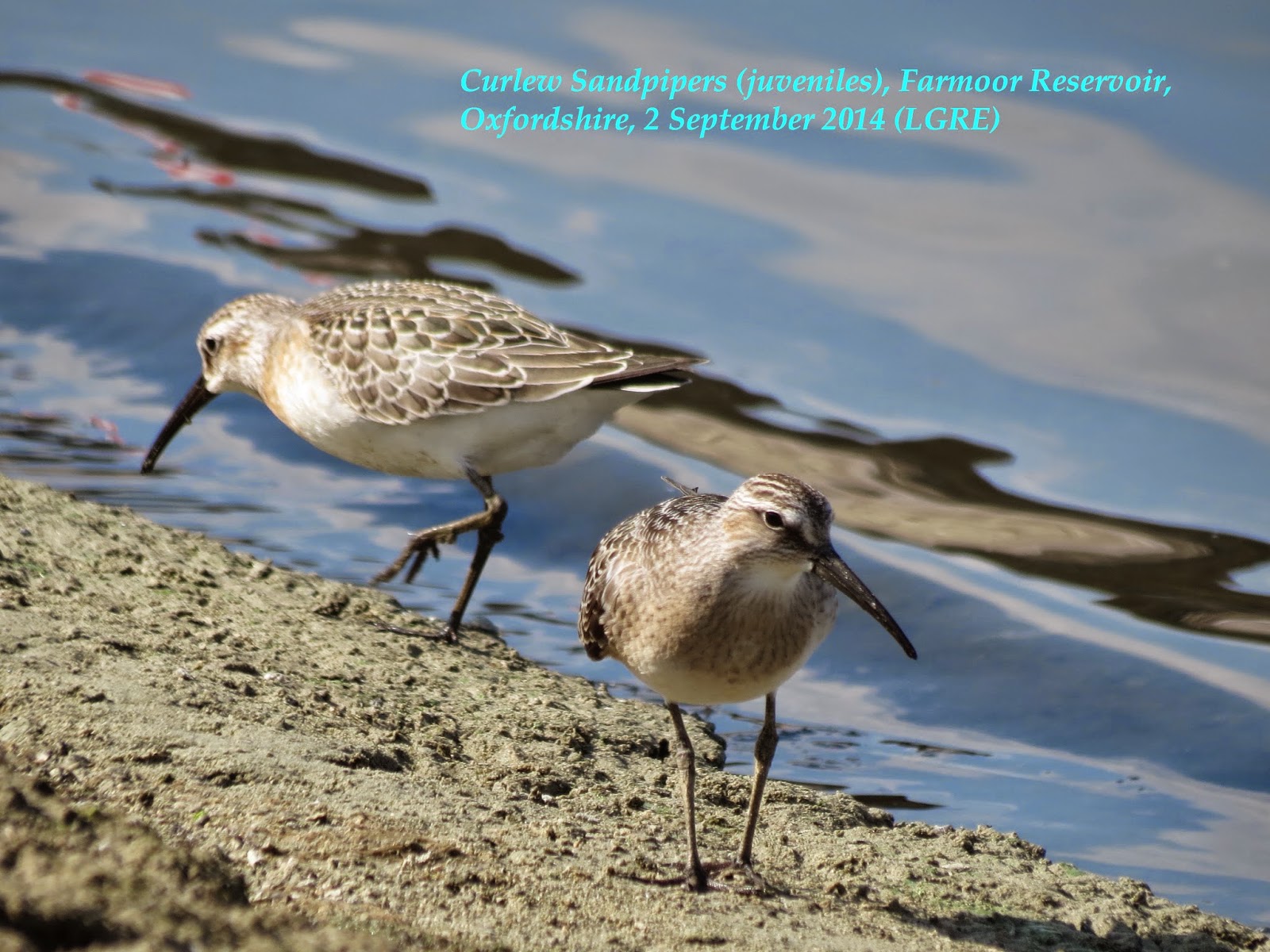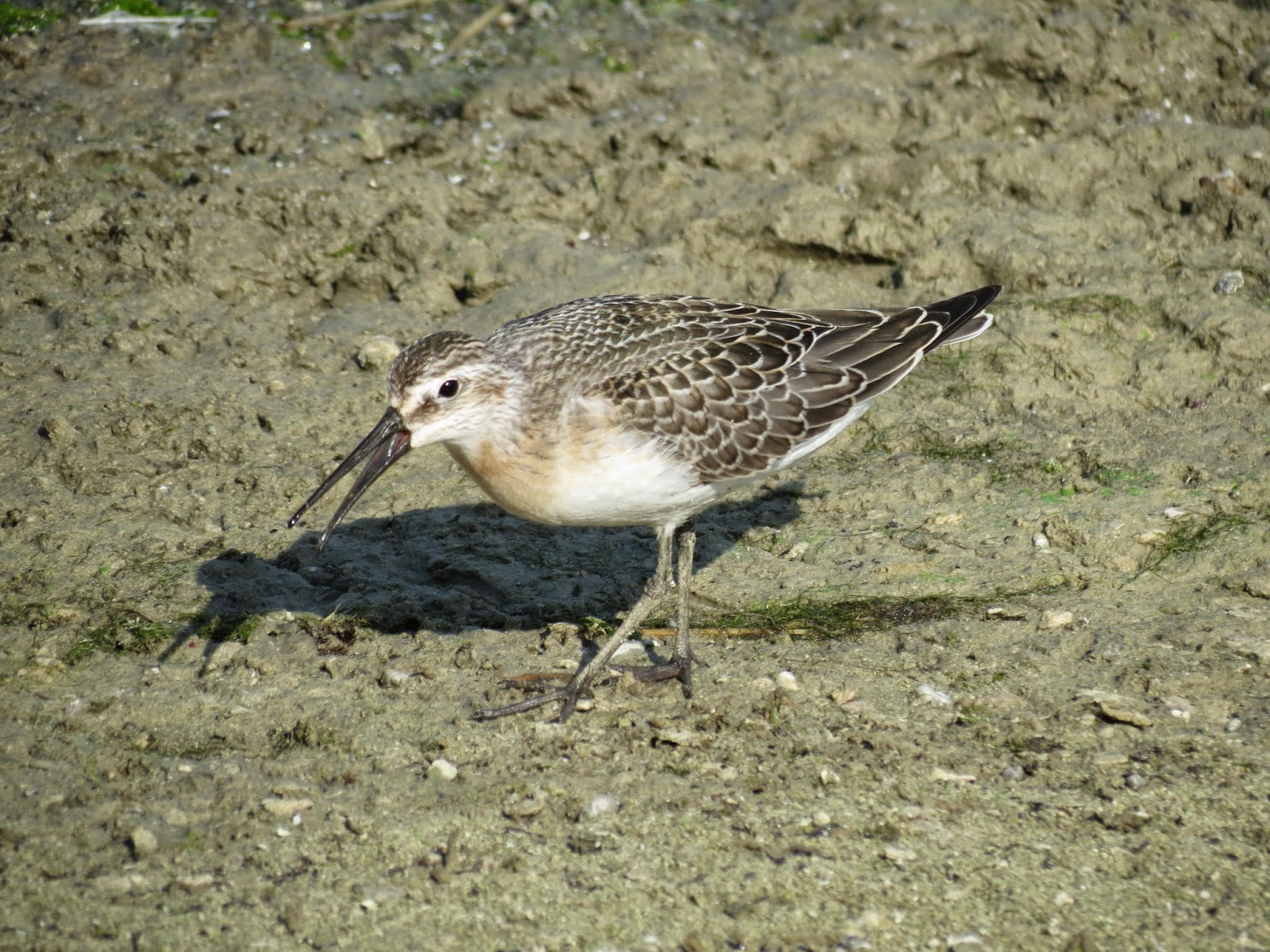ROY DUNCAN was a treasure. I first met him in the 1980's when he joined the Isles of Scilly Boating Association where quickly I established a friendly rapport with him, eventually coaxing him into enjoying some of the rares that befell the archipelago. Along with John and Joe, he was always keen to help out whenever the inevitable occurred, chauffering hordes of twitchers at the beck and call for the biggies. He got me countless birds during his reign, particularly late in the day (the Tresco Bicknell's Thrush comes to mind, as well as the Great Pool Yellow-billed Cuckoo) and will be sorely missed. Testamony to his popularity is the number of people that turned out today for his funeral - rest-in-peace Roy - you were a one in a million.......
http://www.scillytoday.com/2014/09/03/hundreds-of-islanders-bid-final-farewell-to-roy-duncan/
Friday, 12 September 2014
Friday, 5 September 2014
The late great JIM ENTICOTT..
It was forty years ago today, 5th September 1974, that the late, great
Jim Enticott, in the company of Pete Ewins and Chris Cook, observed
an extraordinary looking seabird fly past Blanan', Cape Clear Island.
He
immediately realised it was something completely new for him and, after conducting some research in the observatory library that evening he and his co-observers cautiously concluded that it had to have been a
'Pterodroma petrel sp'., probably 'Soft plumaged Petrel', as it was known then. One anomaly however was that the literature and illustrations available all indicated that Soft-plumaged Petrel had a distinct breast band, something that their bird lacked....
Jim's style of research following the observation is most impressive; in an extensive write-up of the record published in 'British Birds: 92: 504-518, October 1999 he explains how he left Cape Clear on 9 September and (following a brief visit to Akeragh Lough Co Kerry) arrived in Dublin on 12 September. There he embarked on the SS Nevasa bound for the Atlantic seaboard of France, Spain, Portugal, Gibralter and then Madeira. During the course of the voyage he saw and photographed numerous seabirds that were new to him including Madeiran Storm-petrel and Bulwer's Petrel. The problem of the identity of the Cape Clear Pterodroma was solved on 21 September when he saw and photographed several groups of 'Soft-plumaged Petrels' at sea, within sight of Madeira. He took extensive field notes on these birds, recording that they did not possess the complete breast band illustrated and described in the literature.
Following this discovery Jim visited the British Museum to examine specimens of Pterodromas and he was able to confirm that all of the northern populations of 'Soft-plumaged Petrel' (now known as Fea's Petrel, Desertas Petrel and Zino's Petrel) lacked a complete breast band.
I recommend reading the full account, for those of you who have access to British Birds (it is available free online at the British birds website, but the search facility on the website is useless, so anyone looking for it
will have to employ a more laborious process to get it...).
If ever there was a case of the RIGHT person being in the right place, Jim Enticott being on Blanan' that day is it! What a great discovery.
Killian Mullarney
immediately realised it was something completely new for him and, after conducting some research in the observatory library that evening he and his co-observers cautiously concluded that it had to have been a
'Pterodroma petrel sp'., probably 'Soft plumaged Petrel', as it was known then. One anomaly however was that the literature and illustrations available all indicated that Soft-plumaged Petrel had a distinct breast band, something that their bird lacked....
Jim's style of research following the observation is most impressive; in an extensive write-up of the record published in 'British Birds: 92: 504-518, October 1999 he explains how he left Cape Clear on 9 September and (following a brief visit to Akeragh Lough Co Kerry) arrived in Dublin on 12 September. There he embarked on the SS Nevasa bound for the Atlantic seaboard of France, Spain, Portugal, Gibralter and then Madeira. During the course of the voyage he saw and photographed numerous seabirds that were new to him including Madeiran Storm-petrel and Bulwer's Petrel. The problem of the identity of the Cape Clear Pterodroma was solved on 21 September when he saw and photographed several groups of 'Soft-plumaged Petrels' at sea, within sight of Madeira. He took extensive field notes on these birds, recording that they did not possess the complete breast band illustrated and described in the literature.
Following this discovery Jim visited the British Museum to examine specimens of Pterodromas and he was able to confirm that all of the northern populations of 'Soft-plumaged Petrel' (now known as Fea's Petrel, Desertas Petrel and Zino's Petrel) lacked a complete breast band.
I recommend reading the full account, for those of you who have access to British Birds (it is available free online at the British birds website, but the search facility on the website is useless, so anyone looking for it
will have to employ a more laborious process to get it...).
If ever there was a case of the RIGHT person being in the right place, Jim Enticott being on Blanan' that day is it! What a great discovery.
Killian Mullarney
Wednesday, 3 September 2014
Up close and personal with CURLEW SANDPIPERS........
I could not resist sharing with you my views today of two migrant juvenile CURLEW SANDPIPERS. The two birds have been present for the best part of the week on Farmoor 1 Reservoir (Oxfordshire) where some draining of the reservoir is taking place. The two birds are just so confiding (as seemingly are all the other juvenile waders taking advantage of the prime feeding conditions here) and came to within a few feet of me - the closest I have ever been to the species. Generally speaking, Curlew Sandpiper is a rare passage migrant inland, with very few records annually. This was a rare treat. Although I took well over 500 images, here is a selection of my favourite ones - enjoy!!
Subscribe to:
Comments (Atom)



















































